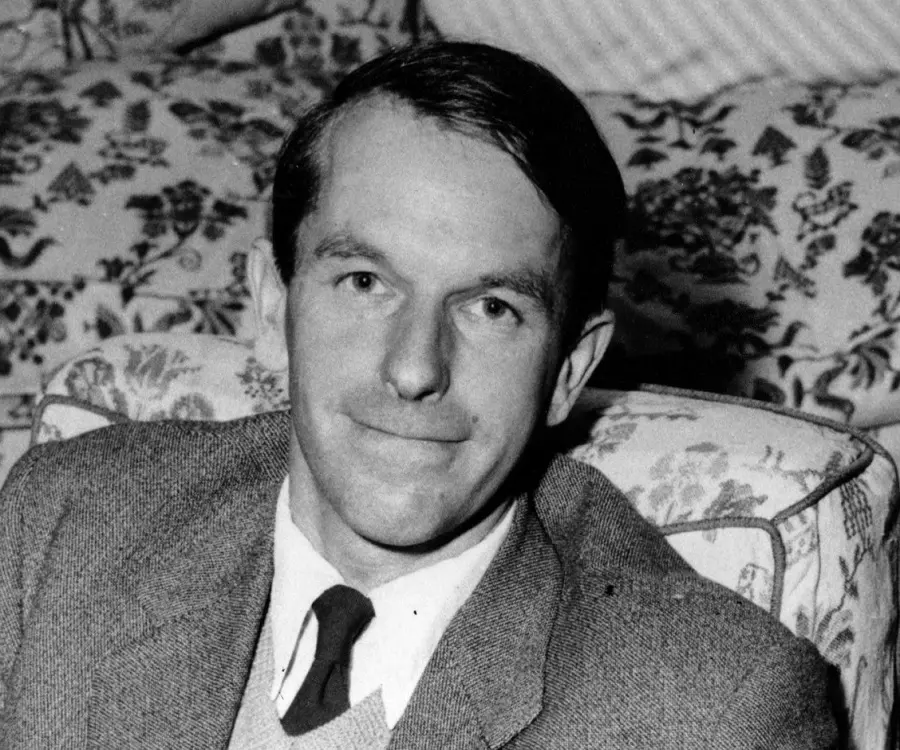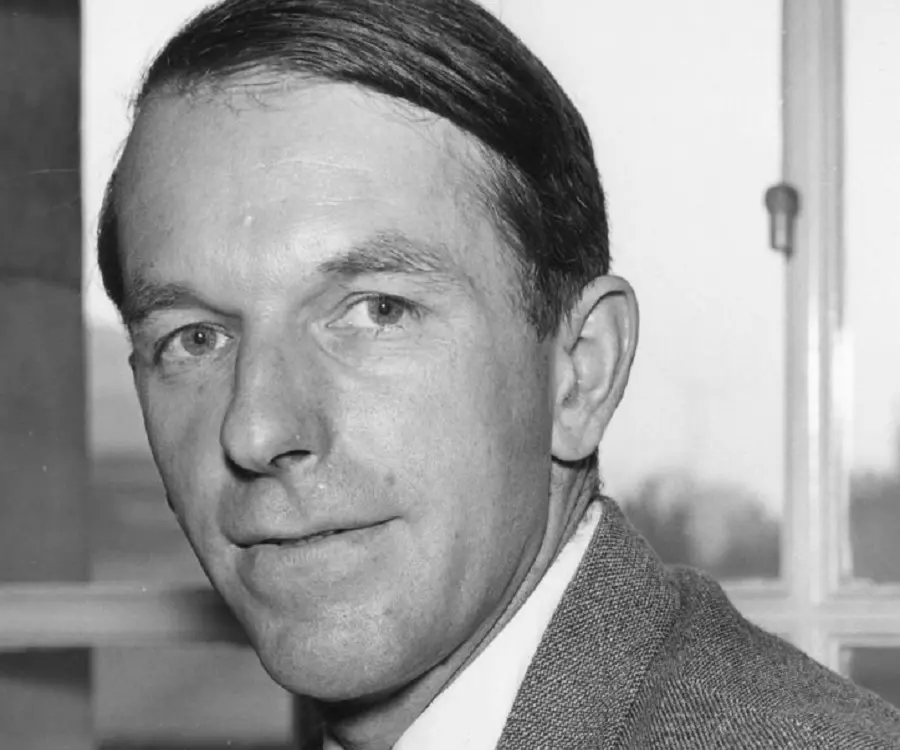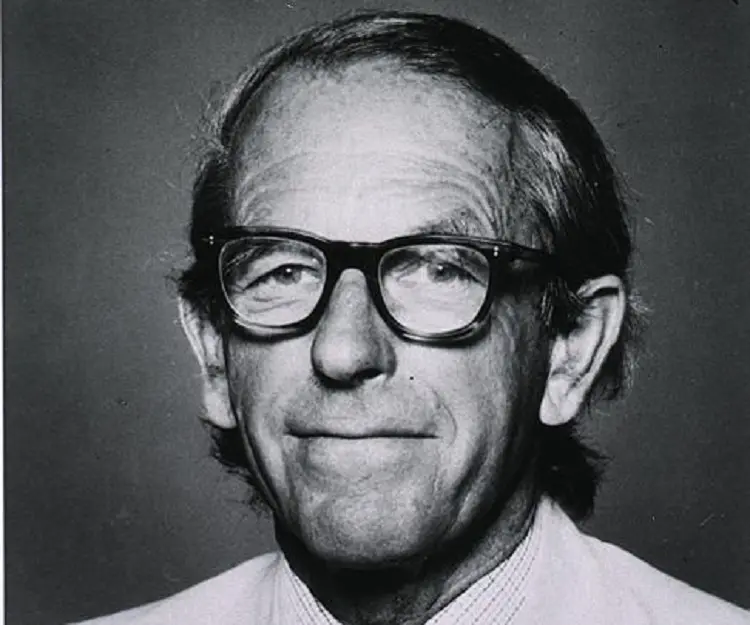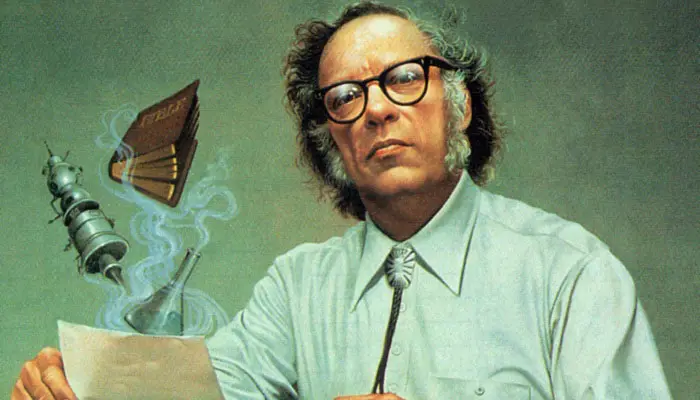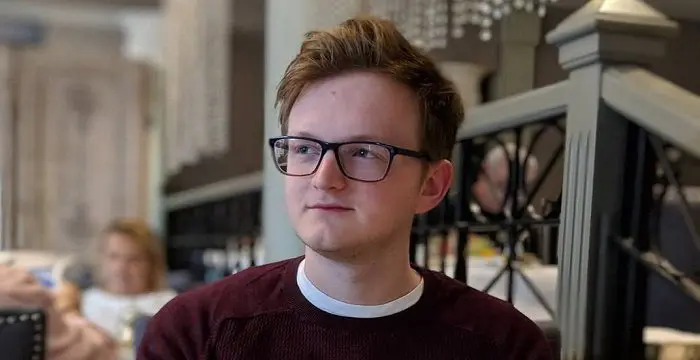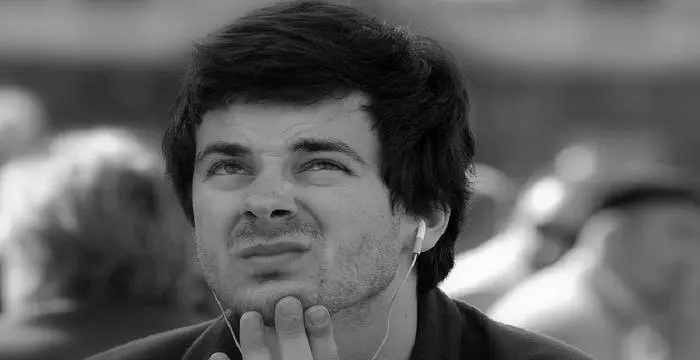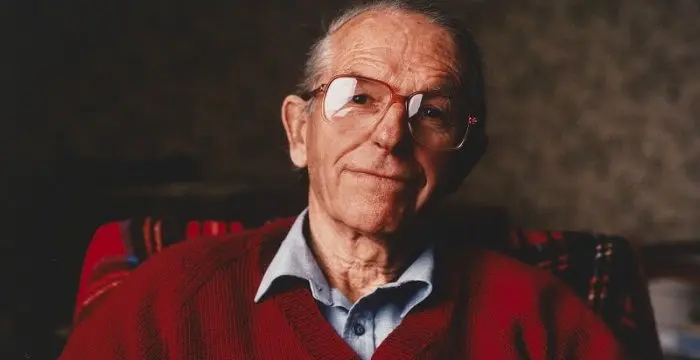
Frederick Sanger - Scientists, Birthday and Family
Frederick Sanger's Personal Details
Fredrick Sanger was a two time Nobel Prize winning biochemist, who discovered the ‘Sanger method’ for sequencing DNA
| Information | Detail |
|---|---|
| Birthday | August 13, 1918 |
| Died on | November 19, 2013 |
| Nationality | British |
| Famous | Scientists, Chemists, Biochemists |
| Spouses | Margaret Joan Howe |
| Siblings | Theodore Sanger |
| Childrens | Peter Sanger, Robin Sanger, Sally Joan Sanger |
| Universities |
|
| Birth Place | Rendcomb |
| Gender | Male |
| Father | Frederick Sanger |
| Sun Sign | Leo |
| Born in | Rendcomb |
| Famous as | Biochemist |
| Died at Age | 95 |
// Famous Scientists
Juliane Koepcke
Juliane Koepcke is a German-Peruvian biologist, who was the lone survivor among the 92 passengers and crew of the ill-fated LANSA Flight 508 that crashed in the Peruvian rainforest on 24 December 1971. Know more about her life in this biography.
Henry Cavendish
Henry Cavendish was a theoretical chemist and physicist, renowned for discovery of hydrogen and calculation of the mass of earth. To know more about his childhood, profile, timeline and career read on
Konstantin Tsiolkovsky
Konstantin Tsiolkovsky was a Russian rocket scientist and a pioneer of astronautics. This biography provides detailed information about his childhood, family, personal life, career, achievements, etc.
Frederick Sanger's photo
Who is Frederick Sanger?
Frederick Sanger was a British biochemist, well known for his groundbreaking research on aspects of biochemistry, which have influenced generations of research and progress in fields of biology and chemistry. He is the only Briton to have won the Nobel Prize for Chemistry twice, also one of the only two people overall to have won the Nobel Prize in the same category. His research on the insulin molecule revolutionized the study of proteins and landed him the first of his two Nobel Prizes. After his first Nobel Prize, he started researching at the Medical Research Council (MRC) which housed better facilities to carry forward his research. Surrounding himself with the brightest minds and collaborators, he shifted his focus towards genome studies after meeting Francis Crick and other researchers studying DNA. He continued studying RNA and DNA sequencing and developed a technique for sequencing DNA that came to be known as the ‘Sanger Method’, which later on, got automated and computerized and ended up being used in the ‘Human Genome Project’. He received his second Nobel Prize jointly with Walter Gilbert. They were credited for their immense contributions in research regarding the base sequences found in nucleic acids. To know more about his life and works read on
// Famous Biochemists
Robert Huber
Robert Huber is a German biochemist and Nobel Laureate. Check out this biography to know about his childhood, life, achievements, works & timeline.
Charles Best
Charles Best was a great scientist and a renowned physiologist who is remembered for being the co-discoverer of insulin. Read this biography to learn about his profile, childhood, life and timeline.
Isaac Asimov
Isaac Asimov was an American professor of biochemistry and a renowned author of science fiction and popular science books. Read this biography to know more about his life.
Childhood & Early Life
He was born to Cicely Sanger and Frederick Sanger, a general practitioner of medicine on 13th August, 1918 in Rendcomb, a small village in England. Theodore, the eldest was older than him by just one year, and May, his sister, was younger to him by five years.
From the age of 5, Sanger received education from a governess. In 1927, he went to study at ‘Downs School’, a Quakers-run residential school.
In 1932, he joined the ‘Bryanston School’ in Dorset run under the Dalton system of education. The Dalton system provided a much more liberal forum, and Sanger started developing an interest towards scientific studies.
His father wanted him to practice medicine following in his footsteps, but he gravitated towards becoming a scientist. He initially concentrated towards chemistry and physics, but later got attracted to the comparatively new field of biochemistry.
He lost both his parents to cancer during his years as an undergraduate in Cambridge.
Career
Sanger joined ‘St. John’s College’ at Cambridge to pursue undergraduate studies in natural sciences on 1936. At the beginning, he took courses on physics, chemistry, biochemistry and mathematics but on struggling with physics and mathematics, he took up physiology in place of physics.
He started his PhD by researching if edible protein could be obtained from grass, but later on changed his thesis after Albert Neuberger became his thesis advisor. In 1943, Charles Harington and Albert Charles Chibnall awarded him with a doctorate after examining his thesis titled ‘The metabolism of the amino acid lysine in the animal body’.
In 1943, he joined Albert Chibnall’s group, where the latter suggested he studied the insulin molecule. Although he had funded his own research until then, on joining Chibnall’s group, he received funding from ‘Beit Memorial Fellowship’ and the ‘Medical Research Council’.
During 1951-1952, he successfully mapped the complete amino acid sequence of the bovine insulin’s two polypeptide chains. This led the renowned biologist to prove that proteins have definite chemical composition and unique sequence.
He went from being an external staff to the Medical Research Council to becoming the head of their newly opened ‘Laboratory of Molecular Biology’s Protein Chemistry division in 1962. He began developing new methods for sequencing ribonucleotide fragments for deciphering the structure of RNA.
His group was beaten to the race of sequencing the tRNA molecule by Robert Holley from ‘Cornell University’ in 1965. Two years later, Sanger’s own group successfully mapped the sequence of 120 nucleotides in the 5S ribosomal RNA of ‘Escherichia coli’.
He focused his research on sequencing DNA molecules next. In 1977, Sanger along with his colleagues introduced the ‘Sanger Method’ which involved ‘dideoxy’ chain-termination method for sequencing DNA molecules.
The ‘Sanger Method’ made fast and exact sequencing of long DNA sequences, a possibility. He used this new method to sequence the mitochondrial DNA of humans (16,569 base pairs) and that of the bacteriophage λ (this contained 48,502 base pairs).
Major Works
His work on the understanding of the insulin molecule led to the conclusion that all proteins have unique sequence and definite chemical compositions.
Sanger along with his group of colleagues sequenced the nucleotide sequence of the ribosomal RNA of Escherichia coli (a small RNA of 120 nucleotides), which led to a better understanding of the RNA molecule.
He was the developer of the process known as ‘Sanger Method’ for DNA sequencing, which later got utilized in DNA mapping for the Human Genome Project.
Awards & Achievements
In 1954, he was inducted as a ‘Fellow of the Royal Society’ and a ‘Fellow of King’s College’ at Cambridge.
The biologist received his first Nobel Prize in Chemistry in 1958 for his research regarding the insulin molecule, and in extension, his success in determining protein’s structure.
He received his second Nobel Prize in 1980, jointly with Walter Gilbert, for their contributions to the study of base sequences in genomes.
He was conferred the distinguished ‘Order of Merit’ in 1986, this order is allowed to have only 24 living members at any point of time.
Personal Life & Legacy
In 1940, he got married to Margaret Joan Howe, after they met through the Cambridge Scientists' Anti-War Group. Fred and Margaret had two sons and one daughter.
In 1992, the Medical Research Council and the Wellcome Trust established a genome research centre and named it as the ‘Sanger Center’ (now Sanger Institute) in honor of Frederick Sanger.
He passed away on 19 November 2013 in his sleep at Addenbrooke's Hospital in Cambridge.
Trivia
Sanger refused knighthood, stating that he did not wish to be addressed as “Sir” that would set him different from others.
// Famous Chemists
Henry Cavendish
Henry Cavendish was a theoretical chemist and physicist, renowned for discovery of hydrogen and calculation of the mass of earth. To know more about his childhood, profile, timeline and career read on
Walter Kohn
Nobel Laureate Walter Kohn was an Austrian-born American theoretical chemist and physicist. Check out this biography to know about his childhood, life, achievements, works & timeline.
Jabir Ibn Hayyan
Jabir Ibn Hayyan was a medieval era polymath. Check out this biography to know about his life, works and achievements.
Frederick Sanger's awards
| Year | Name | Award |
|---|---|---|
Other | ||
| 1979 | Louisa Gross Horwitz Prize | |
| 0 | 1979; 1971 - Gairdner Foundation International Award | |
| 0 | 1980; 1958 - Nobel Prize in Chemistry | |
| 0 | 1977 - Copley Medal | |
| 0 | 1979 - Albert Lasker Award for Basic Medical Research | |
Frederick Sanger biography timelines
- // 13th Aug 1918He was born to Cicely Sanger and Frederick Sanger, a general practitioner of medicine on 13th August, 1918 in Rendcomb, a small village in England. Theodore, the eldest was older than him by just one year, and May, his sister, was younger to him by five years.
- // 1927From the age of 5, Sanger received education from a governess. In 1927, he went to study at ‘Downs School’, a Quakers-run residential school.
- // 1932In 1932, he joined the ‘Bryanston School’ in Dorset run under the Dalton system of education. The Dalton system provided a much more liberal forum, and Sanger started developing an interest towards scientific studies.
- // 1936Sanger joined ‘St. John’s College’ at Cambridge to pursue undergraduate studies in natural sciences on 1936. At the beginning, he took courses on physics, chemistry, biochemistry and mathematics but on struggling with physics and mathematics, he took up physiology in place of physics.
- // 1940In 1940, he got married to Margaret Joan Howe, after they met through the Cambridge Scientists' Anti-War Group. Fred and Margaret had two sons and one daughter.
- // 1943He started his PhD by researching if edible protein could be obtained from grass, but later on changed his thesis after Albert Neuberger became his thesis advisor. In 1943, Charles Harington and Albert Charles Chibnall awarded him with a doctorate after examining his thesis titled ‘The metabolism of the amino acid lysine in the animal body’.
- // 1943In 1943, he joined Albert Chibnall’s group, where the latter suggested he studied the insulin molecule. Although he had funded his own research until then, on joining Chibnall’s group, he received funding from ‘Beit Memorial Fellowship’ and the ‘Medical Research Council’.
- // 1951 To 1952During 1951-1952, he successfully mapped the complete amino acid sequence of the bovine insulin’s two polypeptide chains. This led the renowned biologist to prove that proteins have definite chemical composition and unique sequence.
- // 1954In 1954, he was inducted as a ‘Fellow of the Royal Society’ and a ‘Fellow of King’s College’ at Cambridge.
- // 1958The biologist received his first Nobel Prize in Chemistry in 1958 for his research regarding the insulin molecule, and in extension, his success in determining protein’s structure.
- // 1962He went from being an external staff to the Medical Research Council to becoming the head of their newly opened ‘Laboratory of Molecular Biology’s Protein Chemistry division in 1962. He began developing new methods for sequencing ribonucleotide fragments for deciphering the structure of RNA.
- // 1965His group was beaten to the race of sequencing the tRNA molecule by Robert Holley from ‘Cornell University’ in 1965. Two years later, Sanger’s own group successfully mapped the sequence of 120 nucleotides in the 5S ribosomal RNA of ‘Escherichia coli’.
- // 1977He focused his research on sequencing DNA molecules next. In 1977, Sanger along with his colleagues introduced the ‘Sanger Method’ which involved ‘dideoxy’ chain-termination method for sequencing DNA molecules.
- // 1980He received his second Nobel Prize in 1980, jointly with Walter Gilbert, for their contributions to the study of base sequences in genomes.
- // 1986He was conferred the distinguished ‘Order of Merit’ in 1986, this order is allowed to have only 24 living members at any point of time.
- // 1992In 1992, the Medical Research Council and the Wellcome Trust established a genome research centre and named it as the ‘Sanger Center’ (now Sanger Institute) in honor of Frederick Sanger.
- // 19th Nov 2013He passed away on 19 November 2013 in his sleep at Addenbrooke's Hospital in Cambridge.
// Famous British peoples
Wentworth Miller
Wentworth Miller is an American actor and screenwriter who achieved recognition for his role in the TV series ‘Prison Break’.
Sophie Reade
Sophie Victoria Reade is a British model and reality show star. Let’s take a look at her family and personal life, including her age, birthday, boyfriends, and some interesting facts.
Josh Temple
Check out all that you wanted to know about Josh Temple (Slogoman), the famous British YouTube Personality; his birthday, his family and personal life, his girlfriends, fun trivia facts and more.
Yammy Xox
Check out all that you wanted to know about Yammy Xox, the famous British YouTube Personality; her birthday, her family and personal life, her boyfriends, fun trivia facts and more.
Grian
Grian is an English YouTube gamer and social media influencer. Check out this biography to know about his birthday, childhood, family life, achievements and fun facts about him.
Benjamin Atkinson
Benjamin Atkinson is the son of the world-renowned British actor and comedian, Rowan Atkinson. Check out this biography to know about his childhood, family, personal life, including his age, birthday, etc.
Frederick Sanger's FAQ
What is Frederick Sanger birthday?
Frederick Sanger was born at 1918-08-13
When was Frederick Sanger died?
Frederick Sanger was died at 2013-11-19
Where was Frederick Sanger died?
Frederick Sanger was died in Cambridge
Which age was Frederick Sanger died?
Frederick Sanger was died at age 95
Where is Frederick Sanger's birth place?
Frederick Sanger was born in Rendcomb
What is Frederick Sanger nationalities?
Frederick Sanger's nationalities is British
Who is Frederick Sanger spouses?
Frederick Sanger's spouses is Margaret Joan Howe
Who is Frederick Sanger siblings?
Frederick Sanger's siblings is Theodore Sanger
Who is Frederick Sanger childrens?
Frederick Sanger's childrens is Peter Sanger, Robin Sanger, Sally Joan Sanger
What was Frederick Sanger universities?
Frederick Sanger studied at St John's College, Cambridge, University of Cambridge, Bryanston School
Who is Frederick Sanger's father?
Frederick Sanger's father is Frederick Sanger
What is Frederick Sanger's sun sign?
Frederick Sanger is Leo
How famous is Frederick Sanger?
Frederick Sanger is famouse as Biochemist



